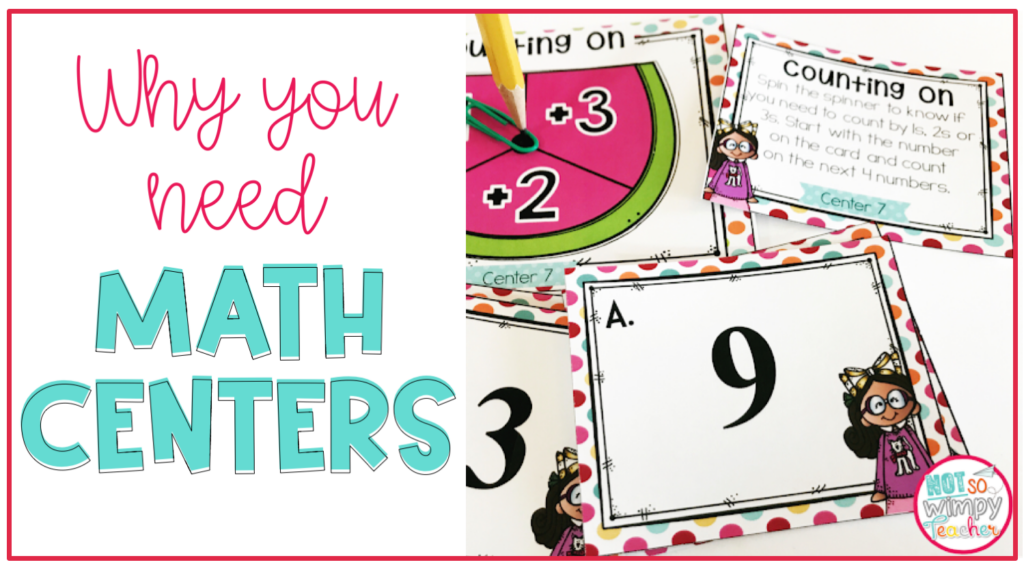
I am super pumped about this math centers blog post series! Check it out:
Part One: Why You Need to Have Math Centers
Starting Math Centers at the Beginning of the Year.
Math centers and guided math groups are the heart and soul of my math instruction. I can’t imagine teaching without them! Often, I hear teachers say that they don’t have time for math centers. I honestly feel that, if you are doing centers correctly, you don’t have the time NOT to do centers.
Math centers are NOT just fun and games. They are not just a way to busy your kids.
There are several reasons that I think math centers and small groups are a must:
1. Differentiation
When all we do is teach math whole group we can’t meet all of the individual needs of our learners. It makes our lessons a “one size fits all.” We are actually wasting precious classroom time.
When we do a quick whole group lesson and then move into small groups and math centers, we can help kiddos with exactly what they need. The groups are leveled so that we can reteach a skill for one group and extend the skill for another group. The groups are not taking away from your time for teaching curriculum. Instead, groups make your curriculum more individualized for your learners.
2. Manipulatives
I love using manipulatives (tiles, base ten blocks, place value discs, fraction bars, etc) to help solidify a skill or concept. It makes math more engaging and meaningful. However, I am not a huge fan of using manipulatives whole group. They take time to pass out and collect. You are not able to carefully watch each student use the manipulatives and guarantee that they use them correctly to represent the problem.
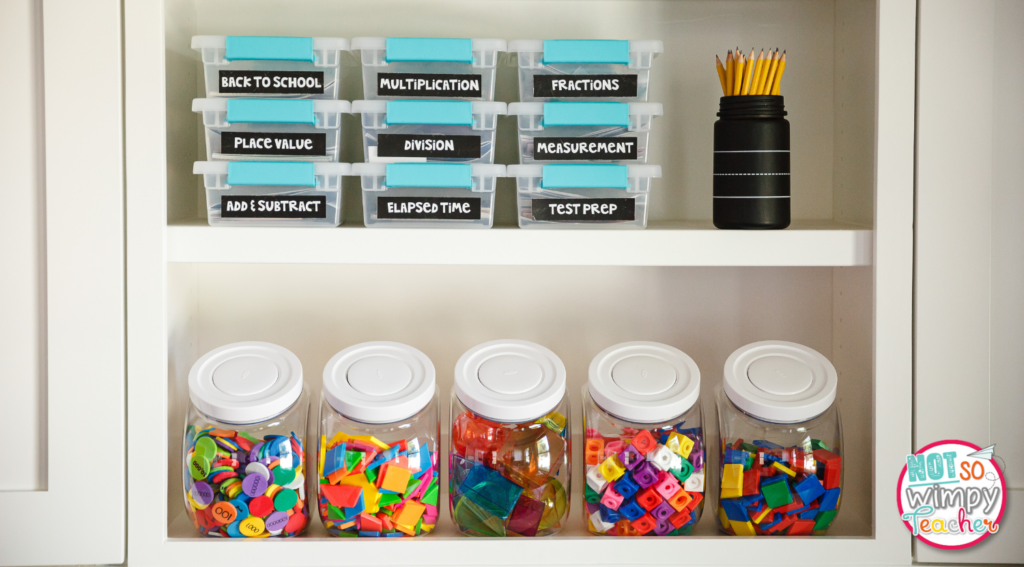
On the other hand, I love using manipulatives in small group! I keep my most used manipulatives next to my small group table. I can hand them out in a matter of seconds. As students build and experiment with the manipulatives, I am able to easily see what they are doing and gage their understanding of the skill. I can quickly make corrections and model the skill.
3. Technology
If you have some technology, but are not 1:1, then math centers are the perfect way to get the best use out of your devices! You only need four to six devices for a simple center! There are several great apps and websites that will give your students practice with math skills. Many of them will even produce reports for you to see how students are performing. I recommend Zearn, xTra Math and Moby Max.
4. Spiral Practice
I love to teach math in units of study because I think that it makes it easier for my students to focus on one skill and master it before they move on to the next skill. That being said, if they don’t continue to review the skills that have been previously taught, they will be forgotten.
Math centers give students the opportunity to practice a skill that was taught earlier in the year. We may be doing fractions whole group, but they are doing multiplication center activities. This helps them to be independent and successful during centers, but it also helps to make the concepts more concrete and committed to memory.
5. Engagement
When students just sit in desks and complete worksheets, they quickly become bored and disengaged. When students are not engaged, lessons will take longer and behavior issues are likely to pop up.
Math centers keep kids engaged. Students can get out of their seats and move from one activity to another. They are hands-on activities that might include technology, games, sorts and such. The activities are fun for learners. When students are having fun, they will have increased productivity and memory. Win!
Getting started with Math Centers

Hopefully I have convinced most of you that math centers and groups are A MUST. Now you need to come up with a simple routine and center activities that will be meaningful!
I’ve created a handy guide that will help you get started. This FREE Starting Math Centers resource for grades 2-5 includes 8 days of detailed lesson plans, two activities to use at your teacher table, sample rotation plans, and teacher and student anchor charts.
Math Center Bundles
If you would like to try math centers this year without the headache of creating them for yourself, you’re in luck. I’ve done the hard work for you. You and your students will LOVE these easy prep math centers.
These bundles, available for grades 2-5 contain a full year of low prep math centers. The bundle contains 90 math centers. Each set of centers has the same format, so students will learn the expectations and procedures and then be able to complete centers for the entire year without many new directions.
The centers are engaging and include sorts, task cards, math writing, color coding, matching, and more.
Check out the next post in the series to learn about the activities that my students complete during center time!
Shop This Post
Work with Me!

I’ve created an online professional development course for teachers in grades 2-5 to help transform your math block from average to awesome! The Not So Wimpy Math Masterclass is my math-a-magical solution to an easy and effective math workshop.
In the course I’ll show you how to easily and effectively run a modern math workshop that will transform your students into confident, thriving mathematicians.
You’ll learn how to:
- Use your time – both your plan/prep time and your class time – more efficiently
- Keep kids engaged in learning throughout the entire math block
- Easily provide differentiated lessons that meet the needs of ALL your learners
- Help students develop a deeper understanding of math concepts as they play and experiment with finding solutions
Basically, I’ll show you how to make your math block awesome. Learn more and sign up today!
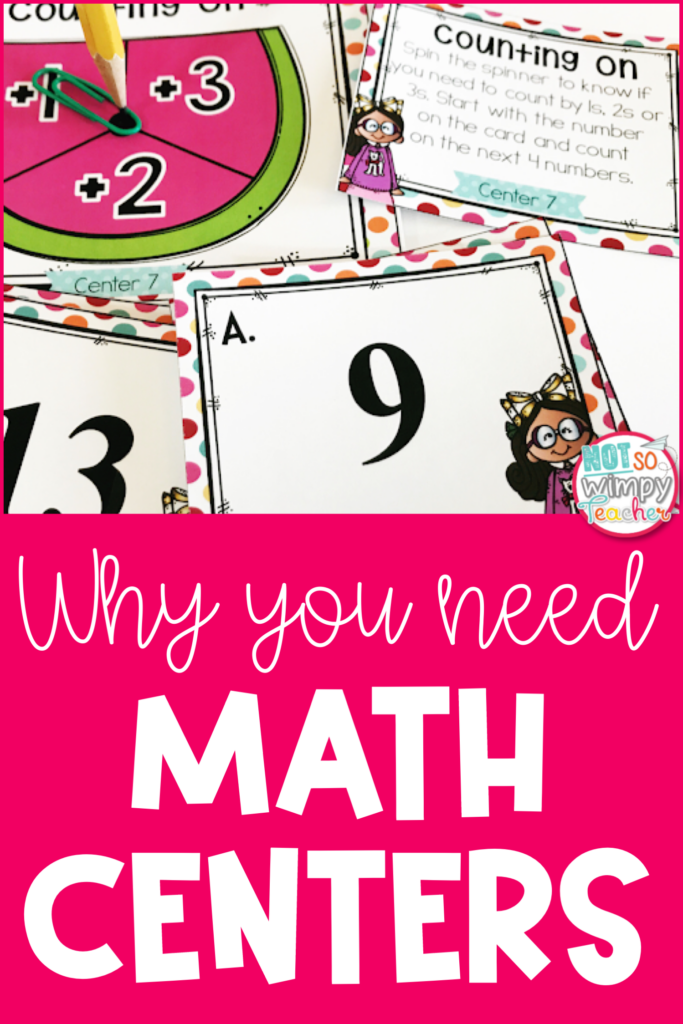
Have a Not So Wimpy Day,


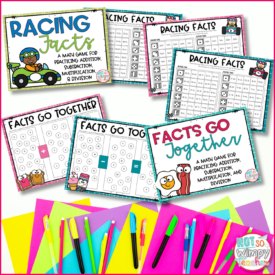
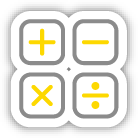
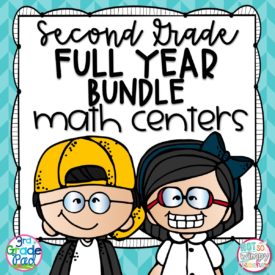
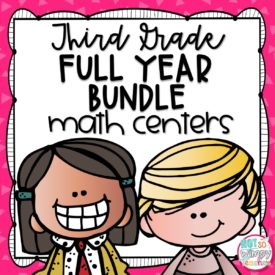
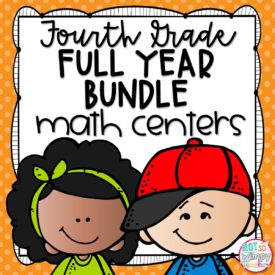
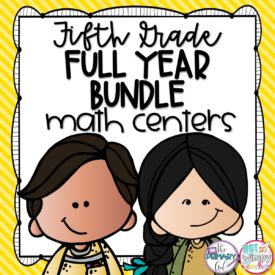

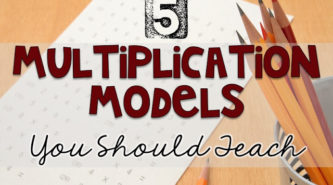
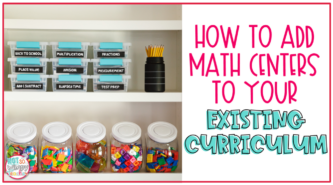












 End of Year Carnival Week for grades 2-5!
End of Year Carnival Week for grades 2-5!
I love your routines for math, especially incorporating centers . I began to implement them last year during my math block. I was wondering if you had any ideas or a plan in place for next school year when we are most likely going to have to social distance? I’d still love to be able to use centers but that doesn’t seem possible. Any ideas would be greatly appreciated!